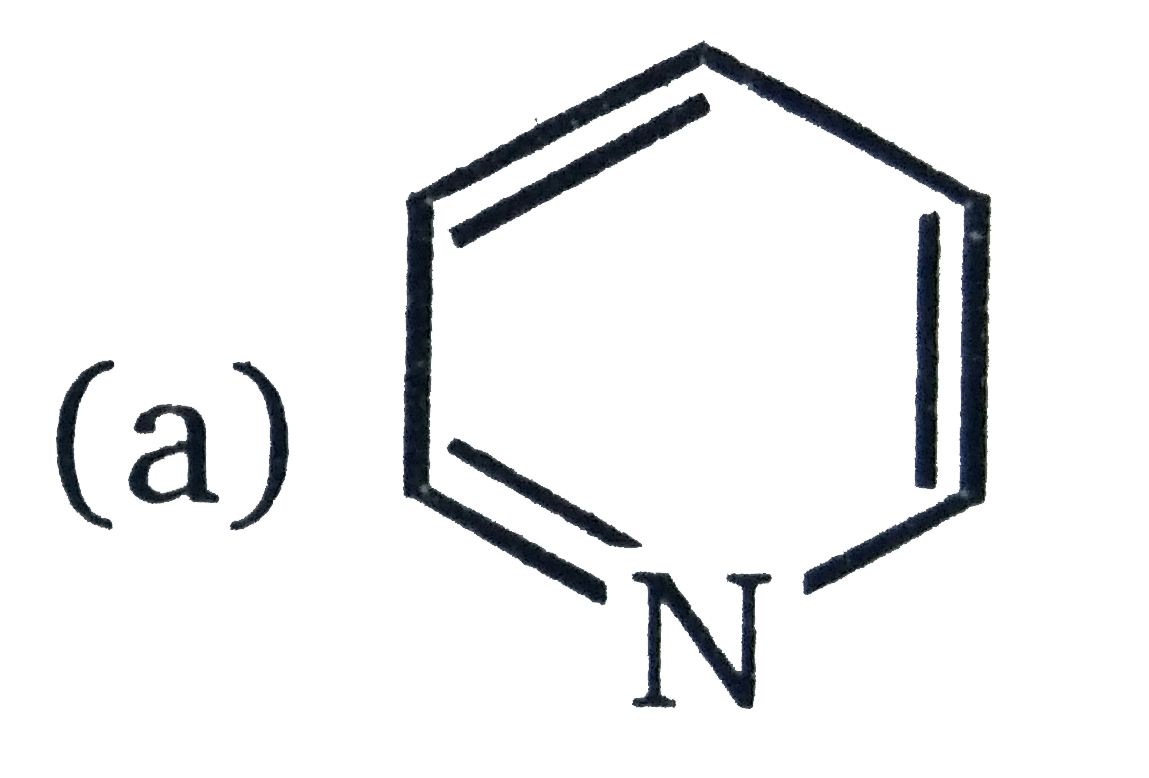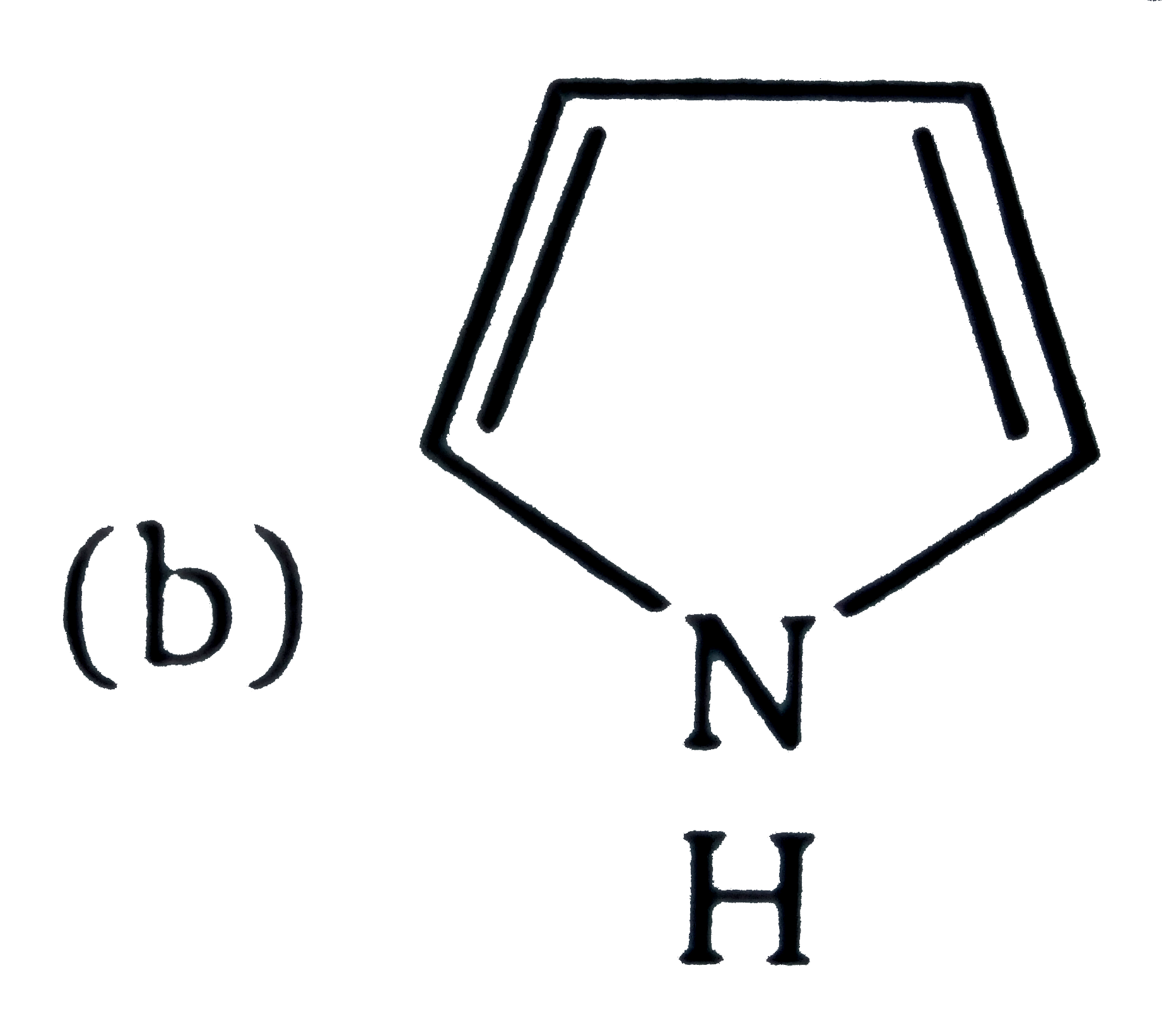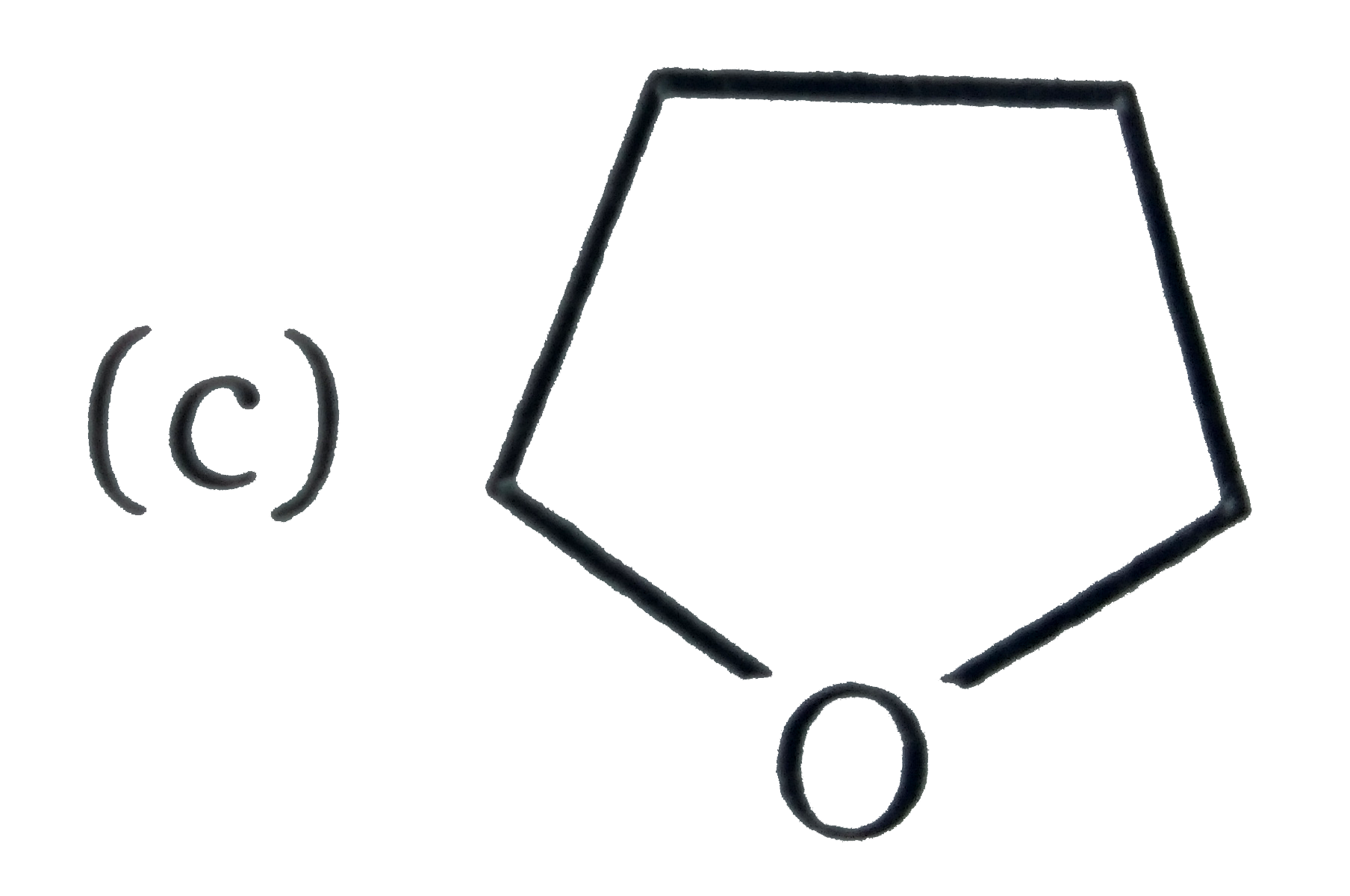Among the following compounds, the most basic compound is :




The correct Answer is:D
To determine which compound is the most basic among the given options, we need to analyze the availability of the lone pair of electrons on the nitrogen or oxygen atoms in each compound. Basicity is directly related to how readily a compound can donate its lone pair of electrons. Here’s a step-by-step breakdown of the reasoning:
Step 1: Identify the Compounds
Assume we have four compounds labeled A, B, C, and D. Each compound contains either nitrogen or oxygen atoms with lone pairs.
Step 2: Analyze Compound A
- Structure: Compound A has a nitrogen atom with a lone pair that does not participate in resonance.
- Basicity: Since the lone pair is readily available for donation, this compound is likely to be quite basic.
Hint: Look for lone pairs that are not involved in resonance; they are more available for donation.
Step 3: Analyze Compound B
- Structure: Compound B has a nitrogen atom involved in resonance due to double bonds.
- Basicity: The resonance stabilizes the compound, making the lone pair less available for donation. Thus, this compound is less basic compared to Compound A.
Hint: Resonance can stabilize lone pairs, making them less available for basicity.
Step 4: Analyze Compound C
- Structure: Compound C has no resonance affecting the lone pair on the nitrogen atom.
- Basicity: The nitrogen's lone pair is available for donation, but there may be other factors affecting its basicity, such as electronegativity or inductive effects from adjacent atoms.
Hint: Consider the effects of nearby electronegative atoms on the availability of lone pairs.
Step 5: Analyze Compound D
- Structure: Compound D has a nitrogen atom with a lone pair, and it is influenced by adjacent sp2 hybridized carbons.
- Basicity: The presence of the sp2 carbons can create a positive inductive effect, increasing the electron density on the nitrogen. This makes the lone pair more available for donation, thus enhancing its basicity.
Hint: Look for electron-donating effects from neighboring atoms that can increase basicity.
Step 6: Compare Basicity
- Comparison:
- Compound A: High basicity due to non-resonating lone pair.
- Compound B: Low basicity due to resonance stabilization.
- Compound C: Moderate basicity, but influenced by other factors.
- Compound D: Highest basicity due to increased electron density from inductive effects.
Conclusion
Based on the analysis, Compound D is the most basic due to the increased availability of its lone pair caused by the positive inductive effect from the adjacent sp2 carbons.
Final Answer: The most basic compound is Option D.
Assume we have four compounds labeled A, B, C, and D. Each compound contains either nitrogen or oxygen atoms with lone pairs.
- Structure: Compound A has a nitrogen atom with a lone pair that does not participate in resonance.
- Basicity: Since the lone pair is readily available for donation, this compound is likely to be quite basic.
- Structure: Compound B has a nitrogen atom involved in resonance due to double bonds.
- Basicity: The resonance stabilizes the compound, making the lone pair less available for donation. Thus, this compound is less basic compared to Compound A.
- Structure: Compound C has no resonance affecting the lone pair on the nitrogen atom.
- Basicity: The nitrogen's lone pair is available for donation, but there may be other factors affecting its basicity, such as electronegativity or inductive effects from adjacent atoms.
- Structure: Compound D has a nitrogen atom with a lone pair, and it is influenced by adjacent sp2 hybridized carbons.
- Basicity: The presence of the sp2 carbons can create a positive inductive effect, increasing the electron density on the nitrogen. This makes the lone pair more available for donation, thus enhancing its basicity.
- Comparison:
- Compound A: High basicity due to non-resonating lone pair.
- Compound B: Low basicity due to resonance stabilization.
- Compound C: Moderate basicity, but influenced by other factors.
- Compound D: Highest basicity due to increased electron density from inductive effects.
Based on the analysis, Compound D is the most basic due to the increased availability of its lone pair caused by the positive inductive effect from the adjacent sp2 carbons.
Topper's Solved these Questions
- GENERAL ORGANIC CHEMISTRYBook:MS CHOUHANChapter:GENERAL ORGANIC CHEMISTRYExercise:LEVEL- 1
Explore 1 Video
- FAMILIES OF CARBON COMPOUNDS: FUNCTIONAL GROUPS AND INTERMOLECULAR FORCES Book:MS CHOUHANChapter:FAMILIES OF CARBON COMPOUNDS: FUNCTIONAL GROUPS AND INTERMOLECULAR FORCES Exercise:ADDITIONAL OBJECTIVE QUESTIONS ( Matrix Match Type )
Explore 4 Videos
- GRIGNARD REAGENTSBook:MS CHOUHANChapter:GRIGNARD REAGENTSExercise:Level 1 (Q.61 To Q.66)
Explore 1 Video
Similar Questions
Knowledge Check
Among the following compounds, most basic is
AAnilineBAcetanilideCp-nitroDBenzylamine.Of the following compounds, the most basic is
AN2OBP2O5CAs2O3DBi2O3Among the following compounds, the most acidic is
AAs2O3BP2O5CSb2O3DBi2O3
Among the following compounds, the most acidic is:
View SolutionAmong the following compound , the most acidic is
View SolutionAmong the following compounds, most acidic is
View SolutionAmong the following compounds the most acidic is
View SolutionAmong the following compounds, the most acidic is :
View Solution

